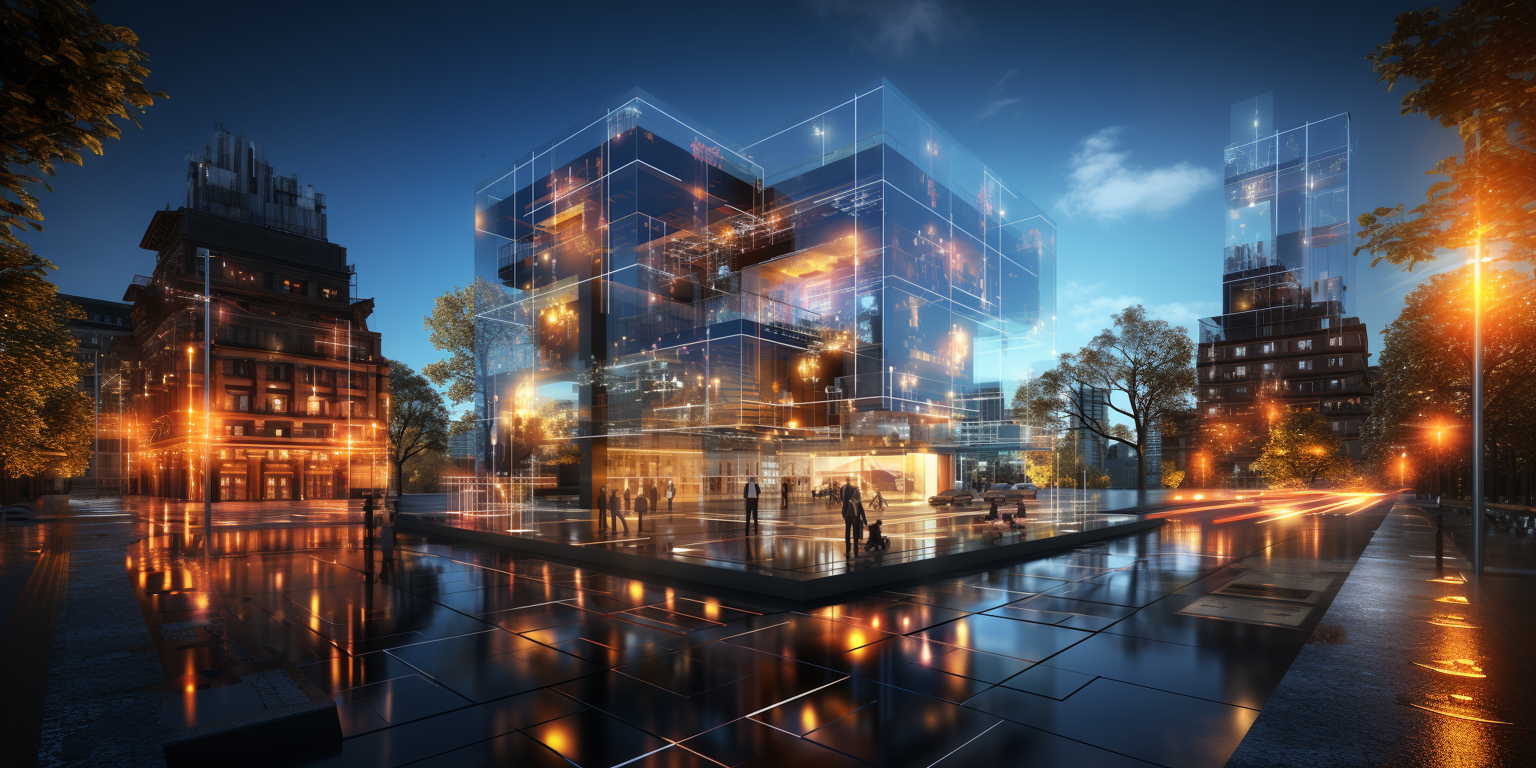If you work in architecture, you might have come across something called "real-time rendering." You might have heard the young intern, who started this summer, preaching about the ingenuity of this technology from the future. Maybe you saw this demo reel by Epic all over social media. Fascinated by technological breakthroughs, anyone would have a difficult time restraining their imagination. One might have already thought, "The possibilities are endless!", "How can I use this technology right now?", "This will distinguish my work from my competitor's", and so forth. The FOMO is real, but you may not need it after all.
What is Real-Time Rendering?
In computer graphics, real-time rendering is the immediate visual representation of a virtual scene. Changes to such scenes update within a short period of time, in tens of milliseconds, which are too minor for humans to interpret as a delay.
Architecture is Not a Video Game
Like all other forms of entertainment, video games are the end product for everyday consumers. Constant technological innovation in this medium has been genuinely impressive throughout the past decade.
It is now common to see real architecture in video game scenery. The developers of the Assassin's Creed franchise are known for replicating historically accurate buildings. This endeavor gained attention after the Notre-Dame Cathedral fire in 2019, when the developers released the 3D model of the cathedral for free. Anyone with a decent computer could reminisce about the Notre-Dame de Paris before its destruction. It was the perfect marketing feat, and many were awestruck by their experience in the virtual church.
Certainly, without the pioneers from the game development industry, there would not be this real-time immersive experience in the virtual world. Architects have learned a few tricks from them as a result. But real-time rendering technology for architecture visualization is, and always will be, a by-product from the game development industry.
Fortunately, architecture is not a video game. Video games exist in a digital medium. From concept to final product, everything exists as computer codes. Successful architecture, however, must graduate from its digital doppelgänger and become reality. Architecture visualization, therefore, is short-lived despite its perfection in the computer.
What Real-Time Rendering Software Says It Offers Vs. Reality
Currently, real-time rendering software companies emphasize ease-of-use, time savings, and low barriers to learning architecture visualization.
However, these programs all have unfamiliar user interfaces. They boast convenience, but require users to import their models. They provide robust libraries, but will never be able to meet every project's needs. So yes, there are learning curves, extra processes, and customization. Believing that anyone can create stunning real-time visualization is like assuming one will serve a tennis ball at 126 mph after spending $300 on a racquet with Roger Federer’s face on it.
Below are some common frustrations architects experience while navigating through a real-time rendering software.
1. Getting started.
Disappointment emerges as soon as a hopeful designer brings their architecture model into the real-time rendering software. Common experiences include:
- Still "Importing..."
- Over-exposed highlights and the darkest shadows
- Hideous texture
- Random context called "City"
- Overlapping geometries
- Multiple setting panels with peculiar words or icons
- Hundreds of items on each setting panels
2. A few hours into spicing up the aesthetics...
Despair not, there are hours of tutorials online created specifically for the software. So after watching a few videos, a designer learns to adjust environmental lighting, place assets, create custom material, key frame a short video, and much more. Then this happens:
- Nothing in the robust library remotely resembles Fumed Eucalyptus, and its pattern is rather difficult to replicate
- The displacement map still makes the bricks look flat
- Still looking for the perfect cars that fit the project's demographics
- Gave up on creating a night scene
- The short video does not have the "Nolan vibe" to it
- But hey, my diverse group of people is moving and my trees are swaying in the wind.
3. The realization sets in.
At this point, a designer has already invested some time into the software, but somehow is reminded of a Swedish furniture franchise. This is a classic Do-It-Yourself scheme where a customer spends money, time, and effort for the illusion of accomplishment.
It is too easy to get lost in the labyrinth of software interfaces. Designers who opt into real-time rendering software often are derailed from design intention and the true goal of architecture. This type of software, despite any kind of intention, overwhelms users with information that may not be useful. From the out-of-the-box material library with thousands of options, only about five generic materials are applicable to an architecture project, and they are generic matte finish, glass, metal, siding, and bricks. Then a designer still needs to find a way to create custom maps for specified materials.
Software developers’ hard work shall not be undermined. It is amazing to see moving people and swaying trees in my project, but their live-like motion can never improve my building if I am essentially a terrible designer. As if that is not enough, I definitely do not need to know what sound the building makes while walking in it.
Going Back to Design Basics
Architecture visualization has a simple duty, to bring the best out of a design. A detailed static image has been doing well in conveying the expectation of a project that is yet to come to life. The duty of an architectural rendering is fulfilled as the construction of a building is completed. This process should be simple. A designer should focus on design, an artist should focus on creating photo-realistic renderings. Great things happen when we are focused on our area of expertise.




